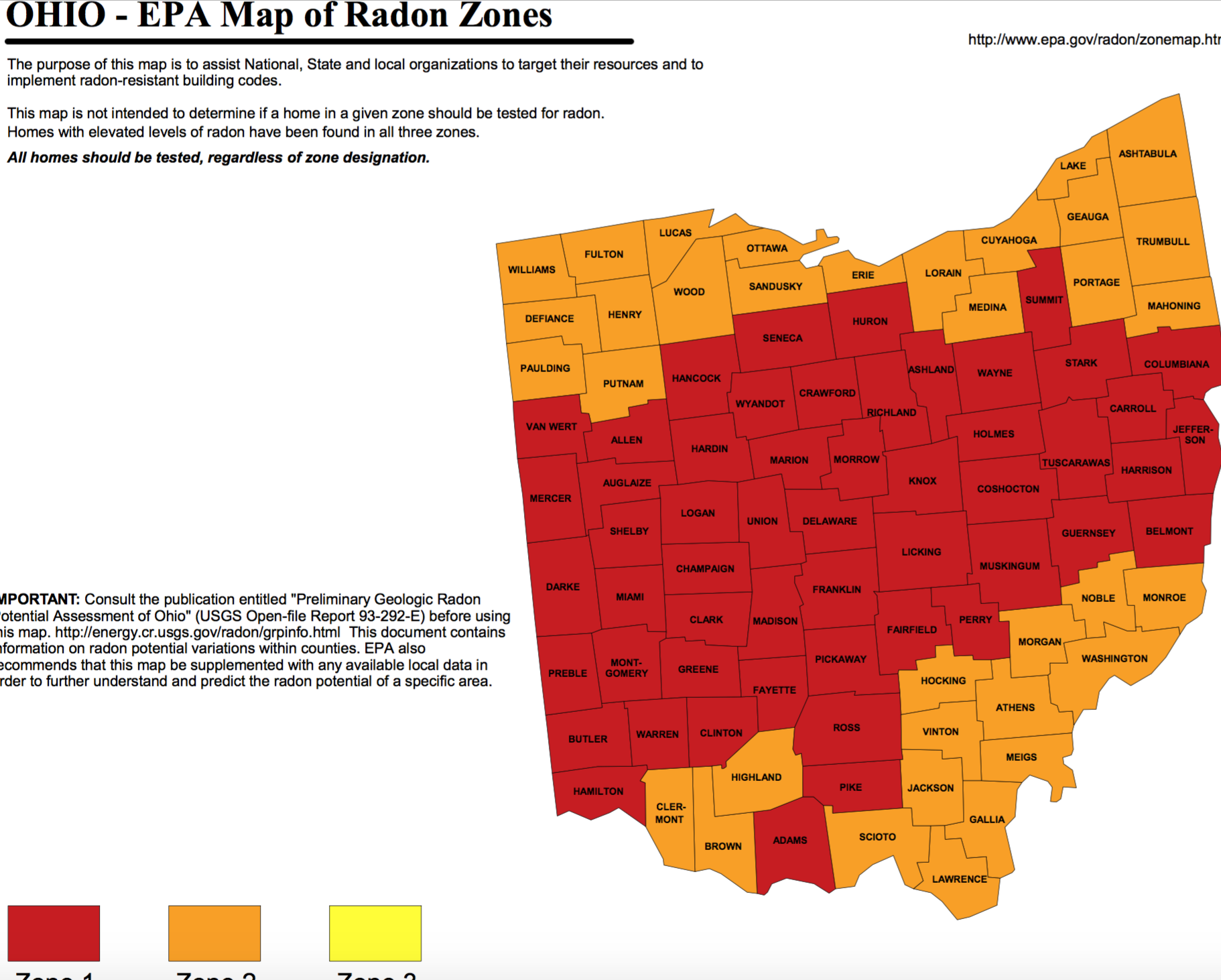Can Radon Gas Levels Change Over Time?
Even the lowest radon levels within your home are technically not safe, but it is surely nothing to panic over. Although, it does beg the question, can those minuscule levels significantly increase with time? For example, many people wonder, as the earth and soil under house changes with time can it produce higher levels of radioactive gas, or as my house ages can it absorb more radon?
If radon levels can change over time, should you test more frequently? Read our blog post: “How Often Should I Test for Radon?”






